Healthcare is undergoing significant change as technology advances and population attitudes and regulatory requirements evolve. As this is happening, new developments in workplace technologies provide opportunities for teams in healthcare to work together, access and manipulate information, communicate with patients, family members and other staff, and collaborate with interdisciplinary teams in ways that could only be imagined a few years ago.
In this post, we identify some of the technologies that we think will have the most impact on workplace environments, not only in healthcare but also in other market sectors, over the next few years:
- Internet of Things (IoT)
- Wearable technologies
- Speech recognition
- Virtual and augmented reality
- Bring your own device (BYOD)
- Connected furniture
- Enhanced Staff Communication
- Biometric security systems
Internet of Things (IoT)
Wearable technologies are the best example of “things” that use electronics, software, sensors and connectivity to enable objects to exchange data through the Internet without any human intervention. But this is just the tip of the iceberg in terms of IoT capabilities and IoT spending is set to reach over $770 billion in 2018 according to market intelligence firm IDC, up 15% over 2017.

Healthcare Technology – Internet of Things Image from PYMNTS
The smart workplace will utilize Internet of Things (IoT) technologies to harvest data about the staff that occupy its spaces and the building systems that provide power, temperature control, fire protection, and other services. With this harvested data, technology systems will identify trends, measure performance, and use the information to understand utilization and occupancy, predict future trends and model ‘what-if’ scenarios.
Other IoT technology systems will use the real-time data to automate low value tasks through the building itself and allow staff to focus on higher-value activities.
Wearable Technology
Wearable technologies have become mainstream and many people are now tracking their physical activities, heart rate and sleep patterns daily. Consumer healthcare wearables include smartphone apps, chest straps, sports watches and other monitoring sensors that can be worn on the body. The next generation of smart clothing will include these technologies built into the fabrics, making it even easier to incorporate wearable technology into one’s lifestyle.
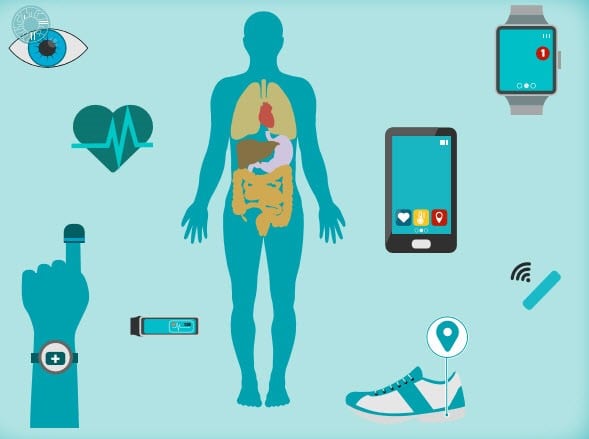
Healthcare Technology – Wearable Technology Example Image via MESM
Wearables are also being used in clinical trials involving therapeutic areas including quality of life, asthma, cancer, schizophrenia and diabetes. In addition to offering benefits for clinical researchers, wearable medical devices can also provide direct patient benefits by eliminating the need to keep manual records and reducing the number of in-person clinical visits.
There are also e-skin devices that can detect approaching objects and measure temperature and applied pressure. Scientists are also working on integrating e-skin devices that turn the skin into a touchscreen display using sensors and a micro-projector.
Speech Recognition
Speech Recognition using existing technology from Amazon, Apple, Google and others will provide multi-lingual support for using voice recognition to command, control and document with various healthcare systems. Staff will be able to multitask by using their voice to manage calendars, tasks, and data requests, while also streamlining IT requests, conference calls, ordering
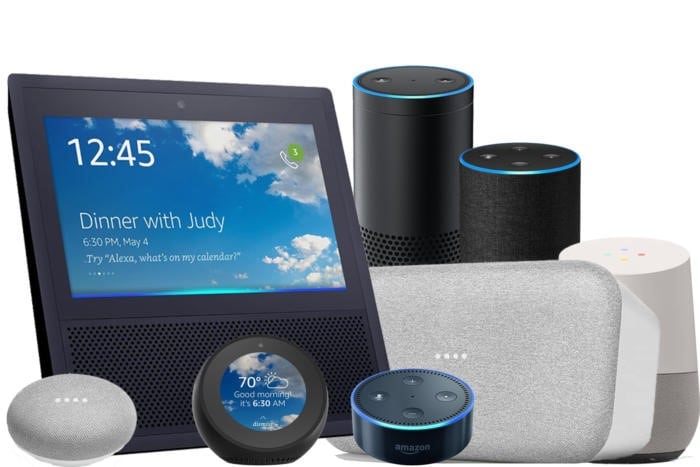
Healthcare Technology – Speech Recognition Technology Image via TechHive
As speech recognition technology continues to improve, individual users will be recognized and provided with appropriate access rights and abilities. For locations where the use of speech control may be too intrusive or not appropriate, Gesture control, where movements of the head, arm, hand, fingers, and eyes are translated into specific action requests, will also be an option.
Virtual and Augmented Reality
Immersive Virtual and Augmented Reality systems offers low cost access to 3-dimensional visualizations and representations of data in real-time across multiple locations. Augmented Reality will allow organizations to overlay appropriate information onto a user’s device or smart-glasses.
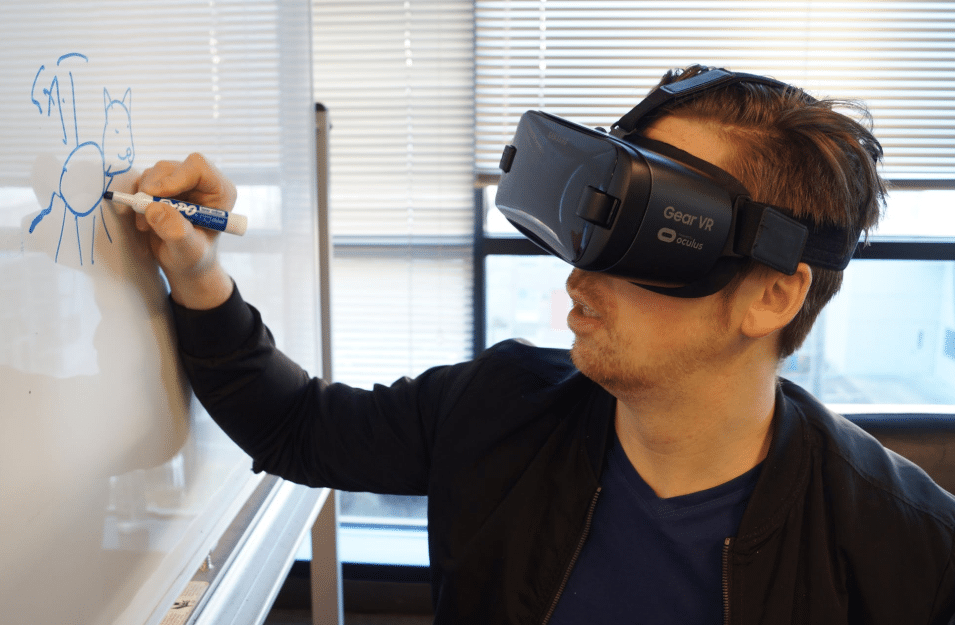
Healthcare Technology – Virtual Reality Image via Pexels
Virtual Reality also supports immersive video conferencing and meetings that can bring geographically-dispersed staff together into a single, virtual, meeting space.
Bring Your Own Device (BYOD)
Bring Your Own Device (BYOD) allows staff to right-size the technology devices, such as their own phones, tablets or personal computers that they can utilize both in the workplace and at home.
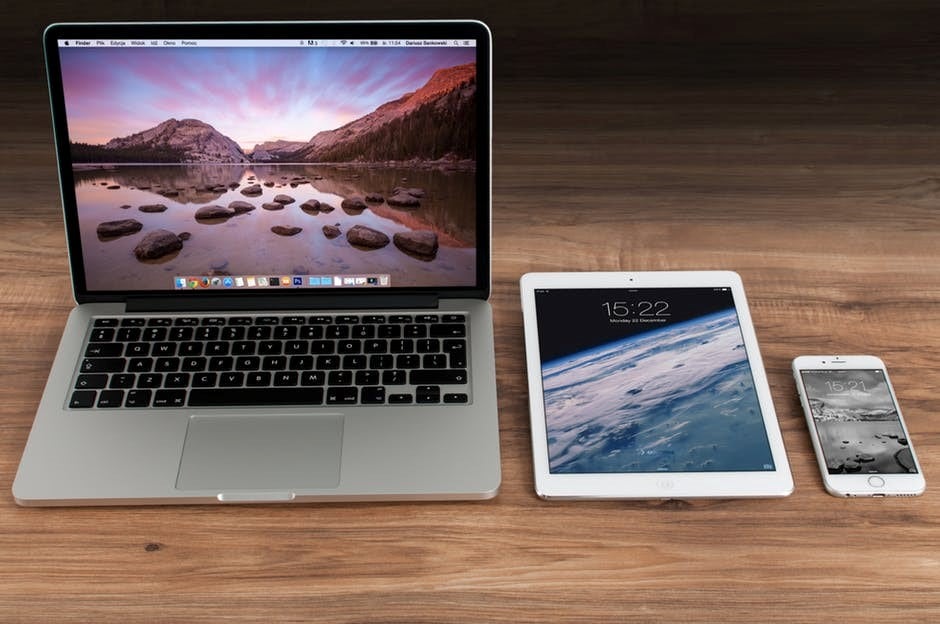
Healthcare Technology – BOYD Examples Image from Pexels
The benefits of BYOD include:
- Saving money by eliminating the need to buy each employee multiple devices and equipment
- Increasing happiness and satisfaction of employees
- Boosting productivity by allowing employees to use devices they are both familiar and comfortable with using in their personal life
Connected Furniture
To promote employee wellness, connected furniture allows users to control their desk height, lighting levels and other ergonomic factors and apply these settings at all the locations they use across an enterprise.
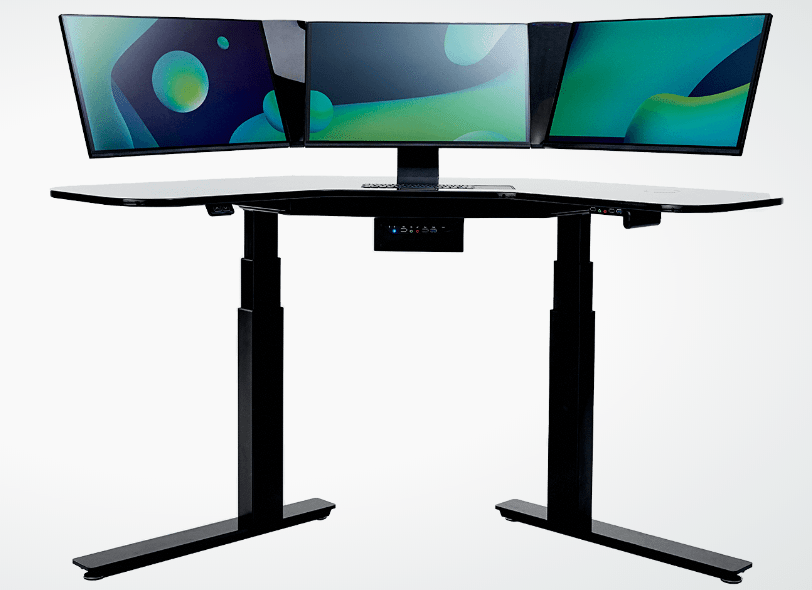
Healthcare Technology – Smart Desk Image from Cemtrex
By integrating with smartphone technology, furniture can also alert users when they have been sitting or standing too long and provide data on sitting/standing habits. In addition, a company can use the sit/stand data to better understand utilization and occupancy of the various physical spaces in its buildings, especially for shared desks, hot-desking and conference rooms.
Enhanced Staff Communication
Medical staff spend significant time on ‘hunting and gathering’ and other low value activities when they could be more gainfully employed on high value tasks such as working with other staff, patients, and family members.

Healthcare Technology – Enhanced Staff Communication from Bradley University Online
Enhanced Staff Communication systems, including voice and video options, improved alarm management – routing appropriate alarms to the appropriate staff members and reducing alarm fatigue – and location-sensitive technology systems, will enhance workflows, improve efficiencies, and address staff morale by helping them to make a difference in their patient’s care
Biometric Security Systems
Iris and fingerprint scanners, facial recognition systems and other Biometric Security Systems will facilitate single sign-on to computers, access to printers, management of the Room Reservation System, interfaces with Access Control systems and interaction with other technology systems.
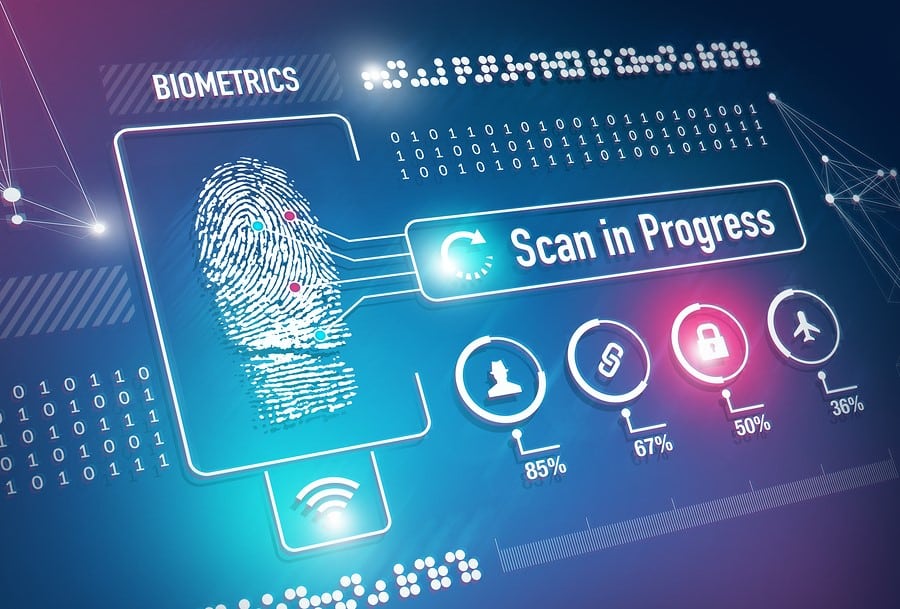
Healthcare Technology – Biometric Security Image via Dreamstime
The benefits of using biometric security will include:
- Reducing the need for passwords and identification cards
- Increasing staff, registered visitors and other ‘known’ individuals efficiency by allowing quicker access into secure areas
- Improving the safety and security of offices, equipment and information

